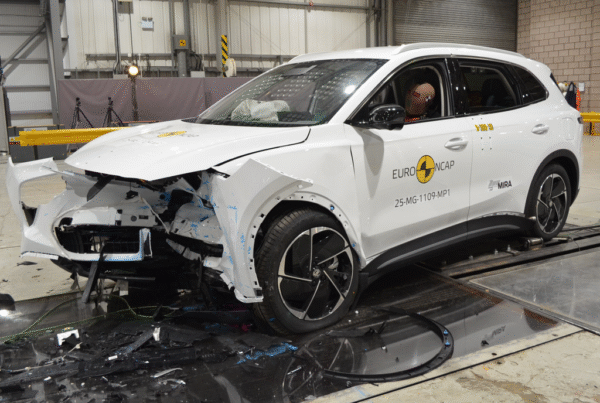You must have heard the saying, “better safe than sorry” – if you are a fleet manager this should be enough to guide you to ensure driver safety is a top priority in your business. If not, then perhaps it’s your organisation’s responsibility under the Work Health & Safety Act in relation to its ‘duty of care’ that focuses your attention.
The concept of driver safety includes acquiring the safest possible vehicles, maintaining them to a high standard and providing proper training for drivers to safely operate vehicles to ensure their safety.
Why is it important? Well, to put it in simple terms the price of human life outweighs every other organisational cost!
We all know that motor vehicle use comes with risks, for many it’s one of the most danger things they do. Accidents can lead to injuries or death of employees and potentially other members of the general public. However, these risks can be mitigated through a combination of good policy and practice.
Important Driver Safety Strategies
Vehicle Safety
The logical starting point is to ensure that your vehicle selection process places a strong emphasis on vehicle safety. For Passenger and some Light Commercial vehicles, ANCAP makes this easy for us through their safety ratings.
However, you need to ensure that your vehicle replacement criteria and vehicle policy also considers the safety of current vehicles in the fleet. The older vehicles with lower safety ratings should be prioritised for replacement with newer/safer vehicles.
Vehicle Maintenance
The vehicles in your fleet are one of the biggest assets in your business, as are your employees. Your vehicles should be serviced in line with the Manufacturers recommendations and otherwise maintained to a high standard.
Physical inspections should always be included, particularly for things like tyre inflation and wear. Pre-start checklists are a great way to ensure drivers take responsibility for the vehicles they are using but you must ensure they know what to look for. An app-based checklist can be a great tool here!
Driver Training
So, your employee got their licence 20 years ago – does that make them a good driver? Training forms a very important part of ensuring driver safety.
These days there are a range of driver training options that you may consider against the needs of your business – online training, classroom training (online or in-person) and ‘hands on’ driver training.
They all have their merits, and the benefits can go beyond improving driver safety – reduced accident rates, lower fuel costs and better insurance premiums can all be achieved through effective driver training.
Technological Solutions
As a fleet manager, you cannot always be physically present with your drivers – which is why adopting in-vehicle technology can be a great idea. Telematics can be a great way to promote driver safety, while also mitigating your organisational risk.
Depending on your requirements, monitoring systems can include vehicle performance data including tyre pressures, battery performance, fuel consumption etc. Most commonly, it’s the reporting of driver behaviours such as speeding, harsh braking, harsh acceleration and collision alerts that can be the most useful in identifying driving performance issues to be addressed through education and training.
Many systems can include emergency assistance functionality in the unfortunate event of an accident taking place.
Driver Communication
Effective communication is the backbone of every organisation and it’s no different when it comes to driver safety. Firstly, your organisation should clearly establish its own commitment to driver safety through its vehicle safety criteria, maintenance standards, driver training and technological solutions.
Then it must clearly state its expectations of its drivers in adhering to safe driving practices. It’s essential that this is all documented in a relevant and well-structured Motor Vehicle Policy for acceptance by all employees entitled to drive a company vehicle.
These are just a few ways to ensure driver safety in your fleet. If you have any other concerns regarding driver safety or wish to discuss other aspects of best practice fleet management to maximise fleet ROI – contact us.
This article was originally published by Fleet Advisory and has been republished with permission.


















